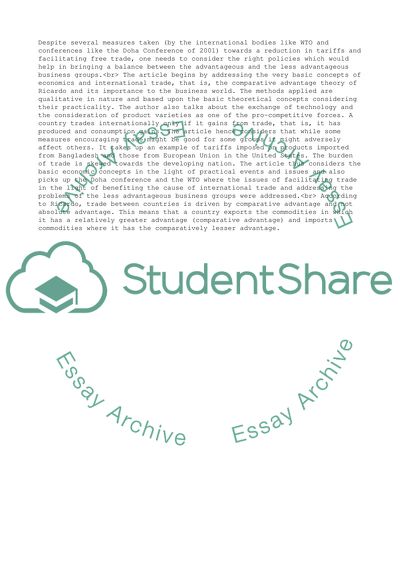Cite this document
(“Analysis of Back to Basics: Why Countries Trade, Finance and Article”, n.d.)
Retrieved from https://studentshare.org/business/1561462-international-business
Retrieved from https://studentshare.org/business/1561462-international-business
(Analysis of Back to Basics: Why Countries Trade, Finance and Article)
https://studentshare.org/business/1561462-international-business.
https://studentshare.org/business/1561462-international-business.
“Analysis of Back to Basics: Why Countries Trade, Finance and Article”, n.d. https://studentshare.org/business/1561462-international-business.


